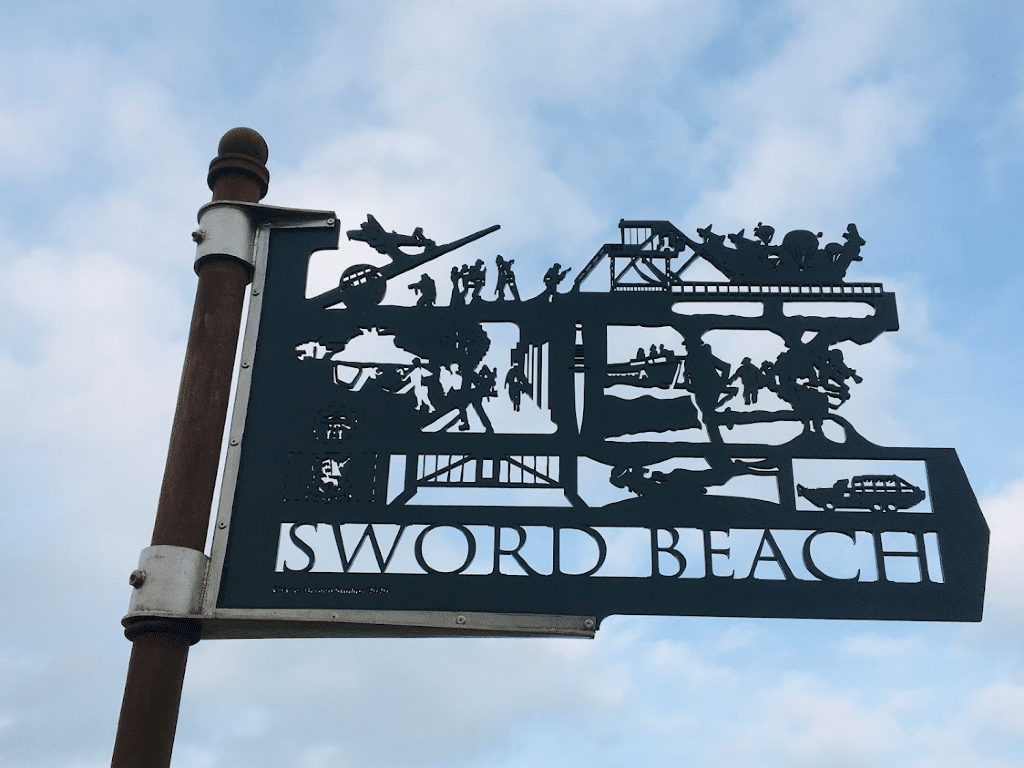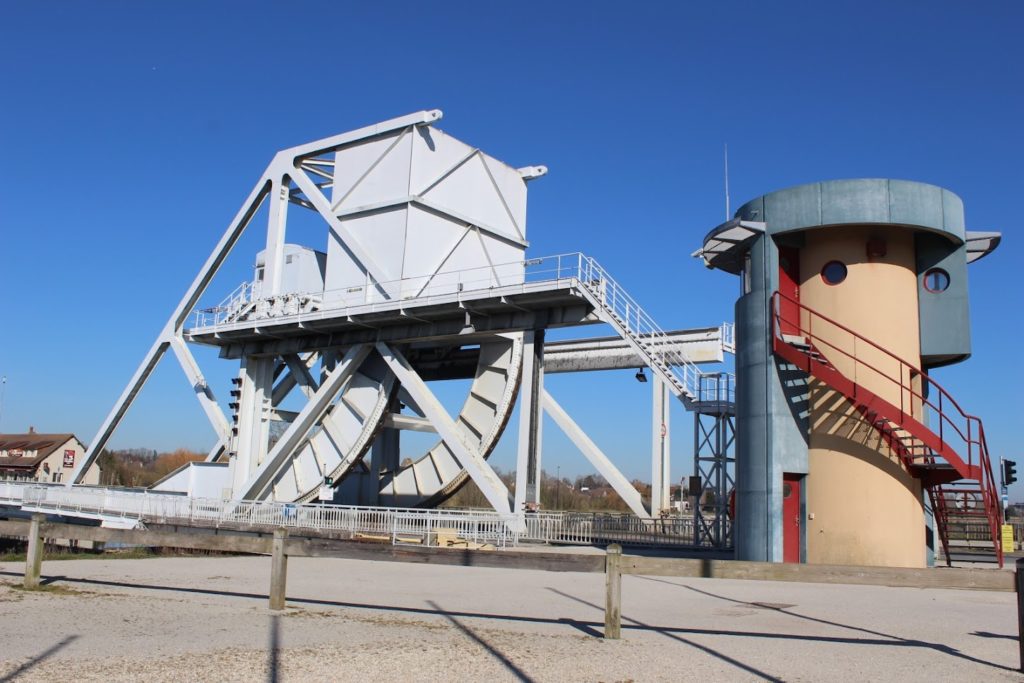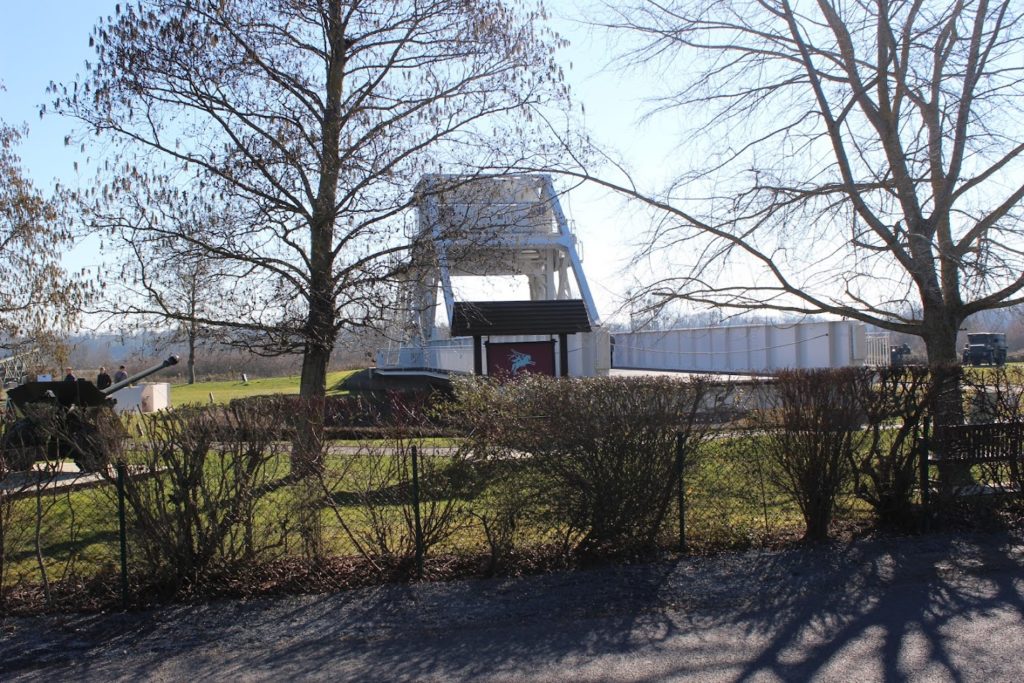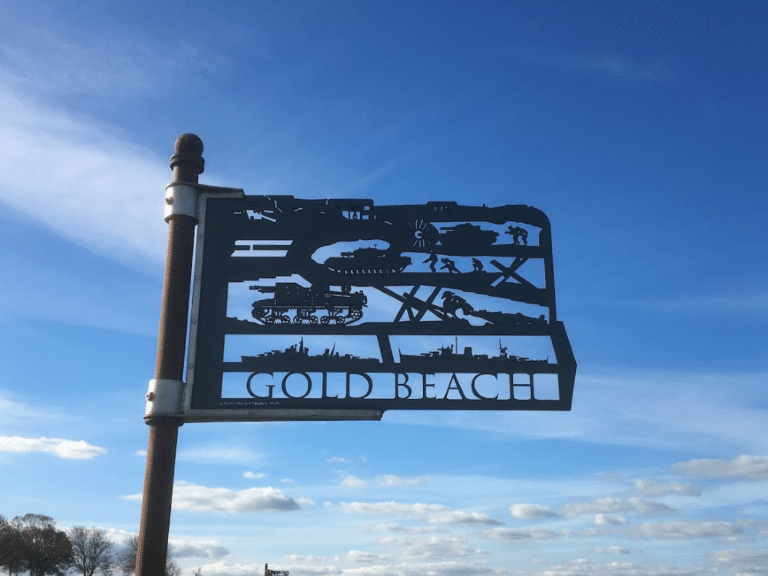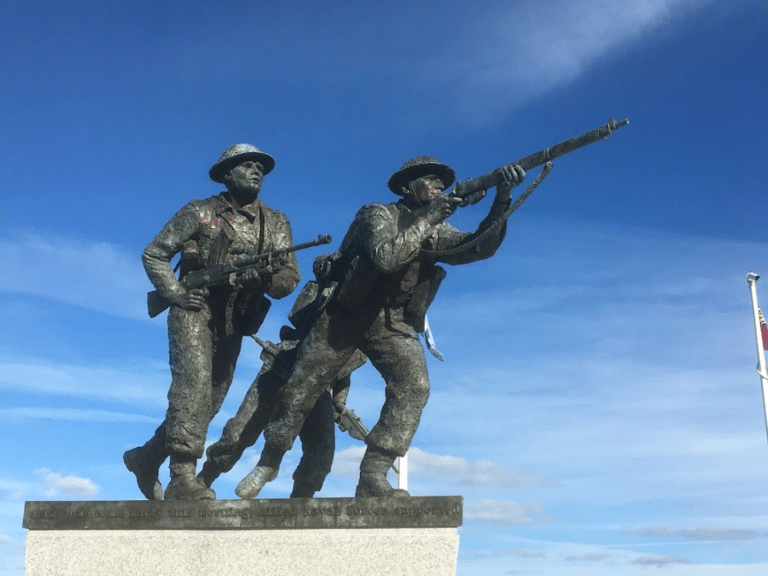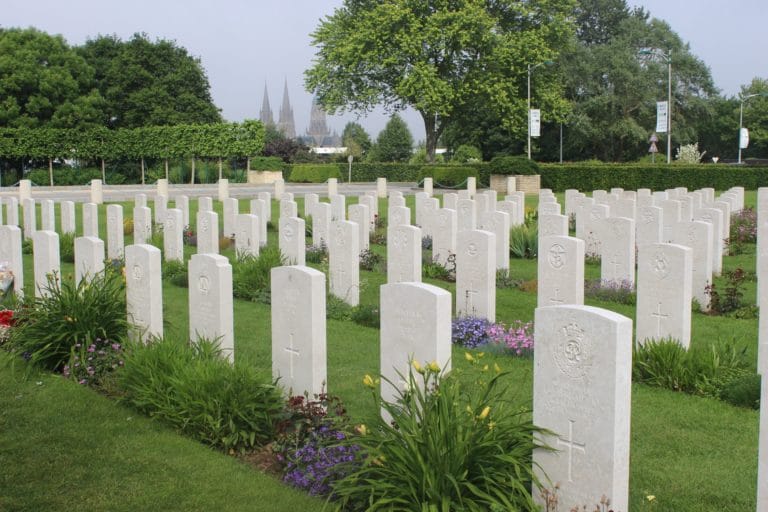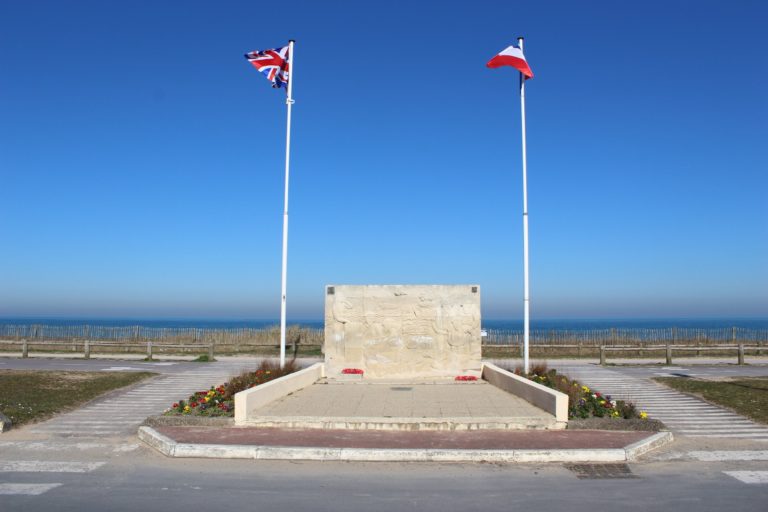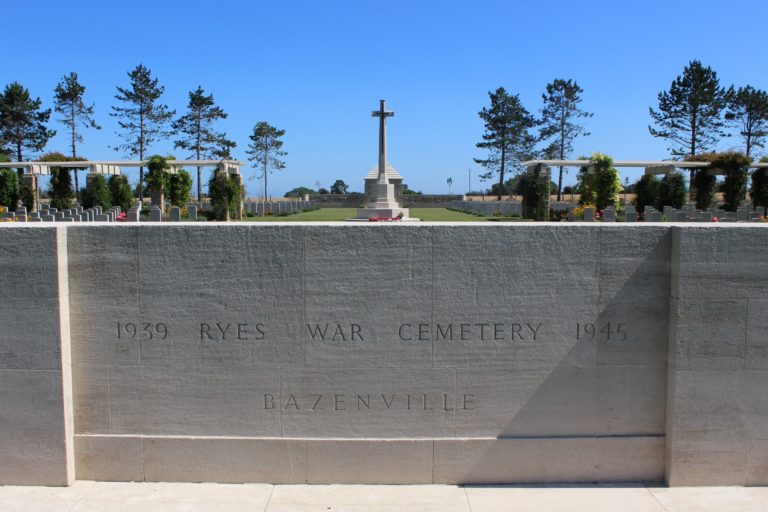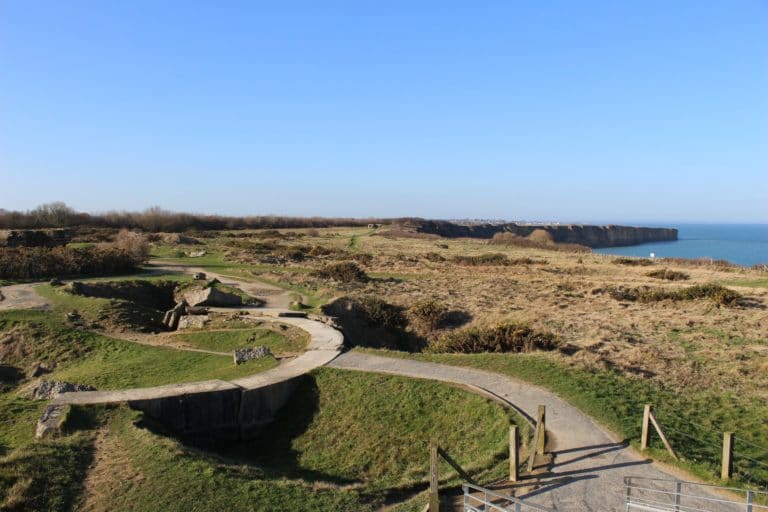Sword Beach
Sword Beach is the most easterly of the D-Day beaches stretching west from Caen’s ferry port of Ouistreham. The original D-Day plan was not intended to extend this far east and was due to end at Courseulles-sur-Mer. However, the British and American military commanders, Montgomery and Eisenhower, insisted on the front going east as far as the Orne Estuary. There were major obstacles here due to the reefs at Lion-sur-Mer and Luc-sur-Mer. Furthermore, strong German defences had been erected around the port of Ouistreham.
The bulk of the forces who landed on Sword Beach were British although some French naval forces also took part. Ouistreham was taken relatively easily on D-Day. Hermanville-sur-Mer, where many of the troops landed, proved more difficult. As a result it took longer to reach the city of Caen as the German forces dug in for weeks.
The video below shows footage of British troops landing at Sword Beach as well as American soldiers landing on Omaha Beach.
Must-See Sights
Pegasus Memorial Museum at Ranville
The museum is dedicated to the men of the 6th Airborne Division. The original Bénouville Bridge, renamed Pegasus Bridge after the liberation, is displayed in the museum’s park. Alongside the bridge is a Bailey Bridge and a full size copy of a wartime Horsa glider. The museum’s collection is constantly increasing in size. Details about the museum are available on their website.
You can read more about the Memorial Museum also also Pegasus Bridge here.
Pegasus Bridge Pegasus Memorial Museum
Merville Gun Battery Museum Museum at Merville-Franceville
This was the most easterly spot where Allied airborne forces landed on the first night of invasion on the eastern side of the Orne Estuary. The troops were scattered as they came down. However, they still managed to secure the spot on D-Day itself, albeit after a bloody battle. The website has practical information about opening times etc.
Hillman Strongpoint at Colleville-Montgomery
This 24 hectare site is located on the southern exit of the town on the road to Biéville-Beuville. It contains 18 casemates and underground fortifications built by the Germans between 1942 and 1944. The site was the command post of the German defences along the Côte de Nacre coast. There are 10 blockhouses open for visits across the site. This site is a memorial to the 1st Battalion, Suffolk Regiment, which liberated the site on the 6th of June 1944. It’s open in July and August, every day except Tuesday and Sunday, from 10am to 12 noon and from 2.30pm to 6.30pm. The outdoor site is open all year. Guided tours on Tuesdays at 3pm from July to September. More information is on their website.
1944 Radar Museum at Douvres-La-Déliverande
The museum is located in a former German radar station that was built between 1942 and 1944. It was equipped with five radars that could detect targets 400km away. Two bunkers have been reconstructed so that visitors can learn about the daily life of German soldiers, the history of radar and the Atlantic Wall. Their website is here. http://www.musee-radar.fr
Atlantic Wall Museum (Musée du Mur de l’Atlantique Le Bunker) at Ouistreham
Here you can get an impression of what life was like for the German soldiers manning a strategic defence location. While the bunker looks substantial, conditions were very cramped inside. All the rooms inside have been restored and include the barrack room, pharmacy, infirmary, armoury, radio transmission room, engine room, switchboard and observation post. Their website is here.
No. 4 Commando Museum (Musée du No.4 Commando) at Ouistreham
This museum recalls, via contemporary film footage and a large-scale model, the role that French commandoes played in the D-Day landings. A 28 minute film shows the French soldiers’ preparation at their training camp in Achnacarry in Scotland. Their website is here.
Commonwealth war cemeteries at Douvres-La-Déliverande, Hermanville and Ranville
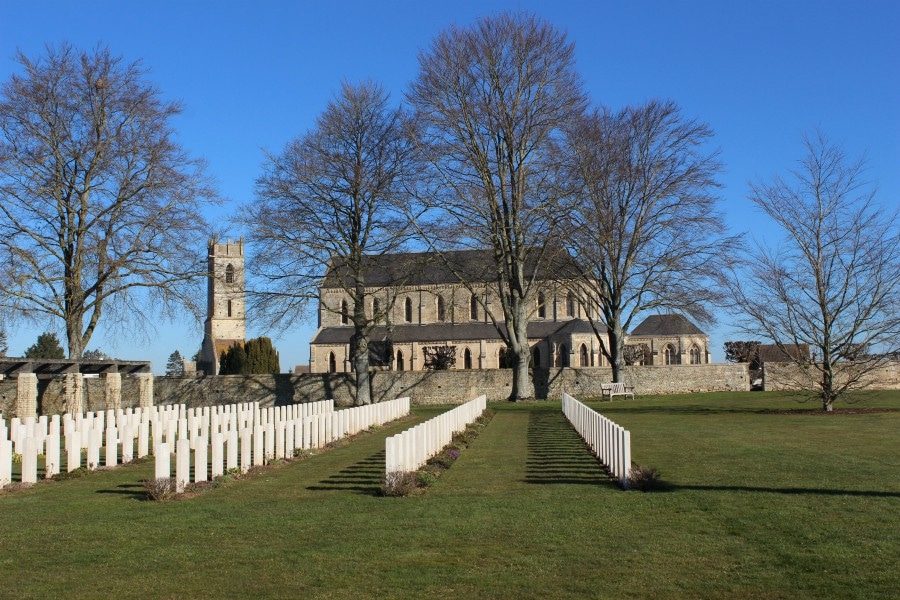
There are almost 1000 soldiers resting at Douvres-La-Déliverande The majority of the soldiers lost their lives on D-Day at Sword Beach.
Hermanville-sur-Mer military cemetery is located north on Caen on the D60 and contains more than 1000 graves. The village was occupied by men from the 1st Battalion South Lancashire Regiment on D-Day. Later on the same day, the Shropshire Light Infantry and armoured units from the Staffordshire Yeomanry captured and held nearby Biéville-Beuville. Many of the graves here are for soldiers killed during these two assaults.
Ranville cemetery is linked with the 6th Airborne Division who captured the Caen canal bridge during the first few hours of D-Day. Almost 2300 Commonwealth soldiers are burried in the military cemetery and in the graveyard of the neighbouring church.
For More Information
For more information you can read the article for an overview of D-Day. Once you’ve done that, you can clicks on the following links for each of the beaches.
